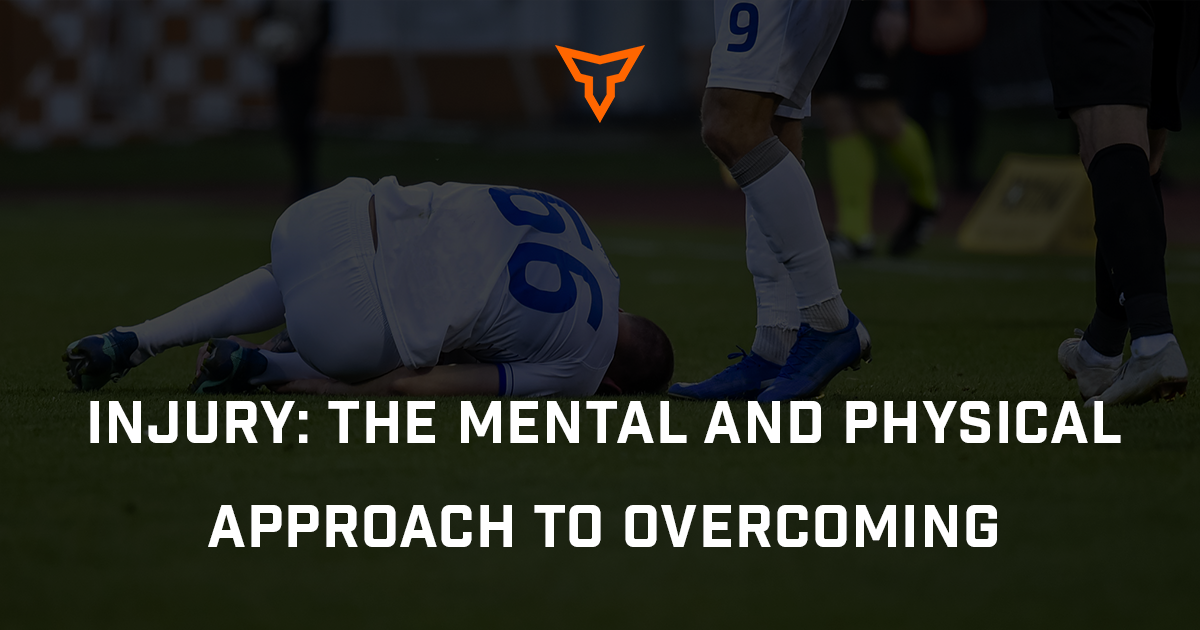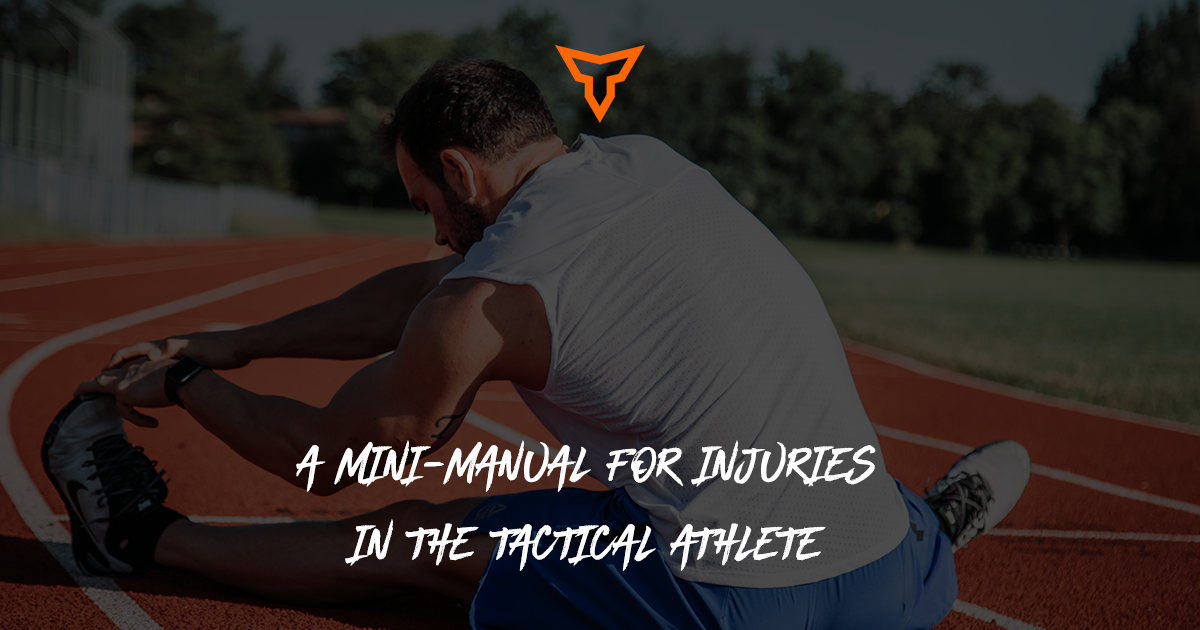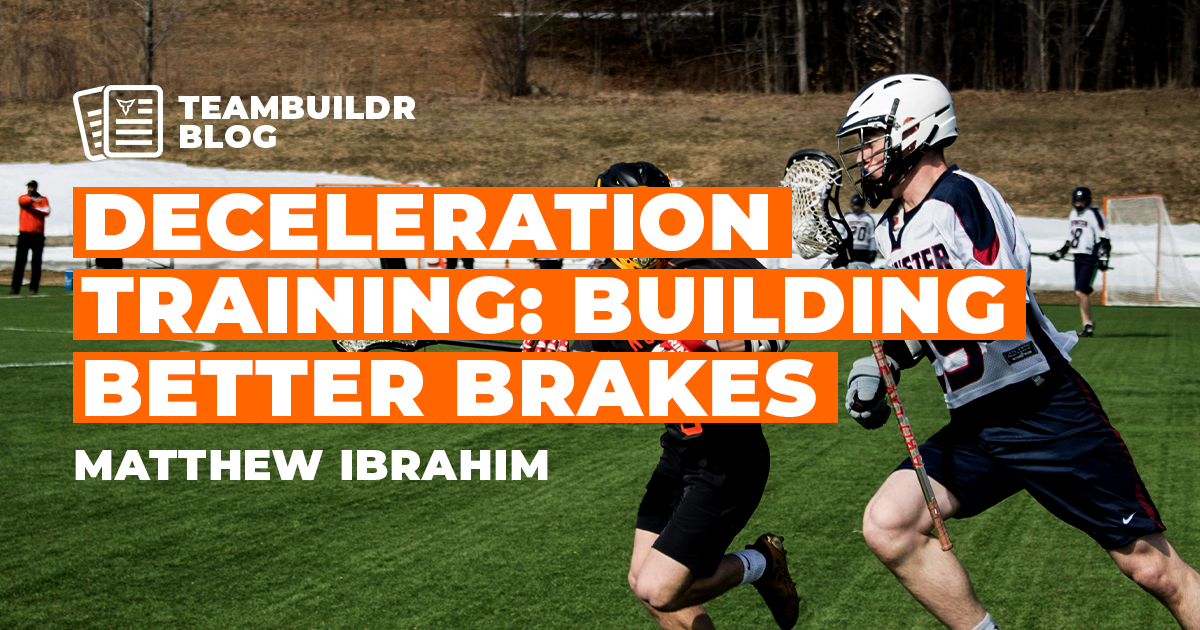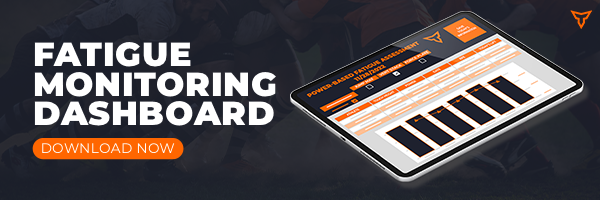From the GA's Desk: Understanding the Psychological Response to Injuries
Author Hertin Cheng is a Graduate Assistant Strength and Conditioning Coach at Springfield College.
After athletes sustain an injury it is common for strength coaches, physical therapists, or athletic trainers to focus on the athlete’s physical condition, but little attention is given to the psychological response. It is common for athletes to have psychological responses after injury; examples are fear of re-injury, anxiety, and frustration (Hsu et al., 2016). If practitioners such as physical therapists and athletic trainers, sports coaches, and the athlete themselves understand more about these responses and how to deal with them, would the performance and overall physical and mental health of the athlete improve when they return to play?
Is this Normal?
Some psychological responses to injury are considered normal, while some are potentially problematic, and the athlete may need support from sports psychologists or other professionals (Putukian, 2015). Examples of ‘normal’ emotional responses include sadness, stress, lack of motivation and frustration; ‘problematic’ emotional reactions include sleep disturbance, appetite alterations leading to disordered eating, excessive anger, frequent crying or emotional outbursts and substance abuse.
Even though some responses are ‘normal’, they could negatively affect the athlete. For example, stress can cause attentional changes, distraction, and increased muscle tension that can interfere with performance, recovery, and increase the risk of (re)injury. Also, we should consider the impact of chronic stress and increases in cortisol levels and pain in athletes (Putukian, 2015). If there are ways that practitioners or the athlete themselves can understand the magnitude of psychological responses, the negative consequences of these responses could be managed.
Questionnaires to Measure Psychological Responses
There are subjective constructs, such as patient-reported outcome measures, to help understand the frequency and magnitude of psychological impairments, such as fear avoidance, after injury (Hsu et al., 2016). These self-report questionnaires are more often administered in clinical settings and quantify the amount of fear of re-injury. Different questionnaires differ in their purpose and target population. For example, the Emotional Responses of Athletes to Injury Questionnaire evaluates emotional responses to injury and measures athletes’ fears about returning to sports. It can also be utilized during the initial assessment to help design psychological-based interventions and assist athletes in coping with injury. The Return to Sport After Serious Injury Questionnaire evaluates cognitive, affective, and behavioral aspects of the athlete’s return-to-sport outcomes and measures whether fear of re-injury has interfered with performance since returning to sports (Hsu et al., 2016). Practitioners should be aware of and familiarize themselves with these questionnaires and utilize them when necessary.
Interventions
After identifying the amount of fear of re-injury through questionnaires, psychological interventions have been implemented to reduce the fear of re-injury. One psychological intervention is graded exposure (Hsu et al., 2016). This involves progressive exposure to a hierarchy of situations or activities that cause fear, to show that these can be completed without causing harm. For rehabilitation exercise to become a graded exposure intervention, it is necessary to ascertain the activity that causes fear of re-injury and develop a hierarchy that increases exposure to the feared activity. Some other psychological interventions include education, imagery, goal setting, self-talk, social support, and relaxation (Hsu et al., 2016). Practitioners should be aware of these interventions and direct athletes to professionals such as sports psychologists to implement them if needed.
Another consideration for injured athletes is that athletes with more than one injury on the same site have a higher psychological impairment. Individuals with a history of > 1 lateral ankle sprain (LAS) experience heightened injury-related fear and decreased general psychological health compared to healthy controls and those who have sustained a single LAS (Bain et al., 2021). This suggests that repeated injuries contribute to worse outcomes than a single injury. This could be due to lingering pain associated with a prior injury or individuals consciously avoiding activities as a protective mechanism due to fear of future instability and/or re-injury associated with pain (Bain et al., 2021). Therefore, practitioners and sports coaches should pay additional attention to the psychological well-being of athletes with multiple injuries at the same site.
Even if athletes are aware of their psychological well-being and think they need help, some barriers to help-seeking include stigma, not willing to express emotion and denial of the problem (Putukian, 2015). Athletes should understand that these emotional responses are normal, and it is fine to seek professional help. Professionals, practitioners and closed ones could introduce athletes to services available to support them and encourage them to seek support and express their emotions (Putukian, 2015).
U-Pattern of Recovery
Once athletes are ready to return to sport physically, their psychological well-being may require attention because of the “U pattern of recovery” (Hsu et al., 2016). The “U-pattern of recovery” implies that psychological responses of an injured athlete are generally greatest immediately after sports injury and lessen during the rehabilitation process; however, they often rebound prior to return to sports which can delay return to sports. For instance, fear of re-injury can result in attentional distractions and affect an athlete’s post-injury performance (Hsu et al., 2016). Therefore, monitoring an athlete’s mental well-being throughout the rehabilitation process is important, especially at the start and end of it.
In conclusion, current sports injury rehabilitation protocols focus on resolving physical impairments and do not directly address fear of re-injury (Hsu et al., 2016). The structure of most sports injury rehabilitation protocols is to resolve acute post-injury impairments (eg, pain, effusion, range of motion deficits, and muscle activation) followed by progression to advanced exercises that address remaining physical impairments, increase physical challenge, and mimic sport activities. This approach is successful for many athletes as physical interventions could improve psychological constructs. However, some athletes may have psychological responses such as fear of re-injury, which might require specific interventions to successfully return to sport, even when physical impairments are resolved (Hsu et al., 2016). Therefore, this article introduces common psychological responses to injury, ways to assess and address these responses, what type of athletes (those with more than one injury in the same site) may require more support, and when in the athlete’s rehabilitation process (at the start and end) do they need more attention. I hope all athletes can be prepared physically and mentally when they return to sports, and enjoy the physical and mental benefits of sports participation!
Key takeaways:
- Athletes require physical AND psychological attention after injury.
- Questionnaires can be used to understand psychological issues.
- Examples of interventions are graded exposure, goal setting, and self-talk.
- Be aware of the psychological well-being of athletes prior to returning to sport.
References:
Bain, K. A., Hoch, M. C., Kosik, K. B., Gribble, P. A., & Hoch, J. M. (2021). Psychological impairments in individuals with history of ankle sprain: A systematic review. Physiotherapy Theory and Practice, 38(12), 1889–1907. https://doi.org/10.1080/09593985.2021.1920079
Hsu, C.-J., Meierbachtol, A., George, S. Z., & Chmielewski, T. L. (2016). Fear of reinjury in athletes. Sports Health: A Multidisciplinary Approach, 9(2), 162–167. https://doi.org/10.1177/1941738116666813
Putukian, M. (2015). The psychological response to injury in student athletes: A narrative review with a focus on Mental Health. British Journal of Sports Medicine, 50(3), 145–148. https://doi.org/10.1136/bjsports-2015-095586
Subscribe to our blog
Subscribe to receive the latest blog posts to your inbox every week.
Related posts

Injury: The Mental and Physical Approach to Overcoming

A Mini-Manual For Injuries in the Tactical Athlete


